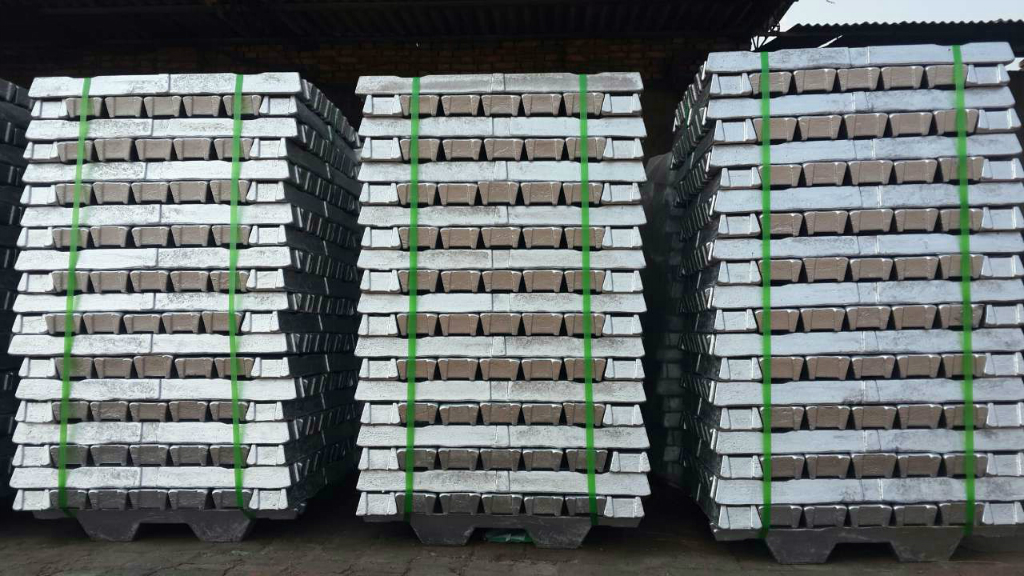Shanghai Aluminum remains volatile and stocks on demand
2021-12-06
Supply: China's electrolytic aluminum production in October was 3.13 million tons, a decrease of 1.8% year-on-year and continued to decrease year-on-year. From January to October, China's electrolytic aluminum output was 32.37 million tons, a year-on-year increase of 6.5%. This week, Shandong Yantai issued a policy to reduce production by about 200,000 tons of dual control, accounting for more than 2% of Shandong’s production capacity, which has little effect on the proportion. However, if others follow suit, they may have a certain impact. Continue to pay attention.
Demand: This week, the operating rate of leading downstream aluminum processing enterprises has increased steadily, with the average operating rate rising by 0.1 percentage point to 66.7%. The environmental-related news that disturbed the northern market last week did not have a major impact on the aluminum processing industry this week.

Inventory: According to SMM's statistics, the domestic social inventory of electrolytic aluminum was 1.002 million tons, and the weekly inventory was reduced by 15,000 tons. Major consumption areas such as Nanhai, Shanghai, and Wuxi contributed mainly to the inventory, and the Gongyi area had accumulated inventory.
Profit: Alumina prices continued to fall in November, and costs fell, and aluminum ingot profits remained at around cost. This week, aluminum profit fell to around 1,000 yuan along with alumina.
Macro: Powell keeps claiming to "cut down" and raise interest rates in advance, and the macro policies tend to be negative.
Strategy: Supply is still tight under the influence of dual control. The operating rate of leading downstream processing companies has remained stable overall. After getting rid of the impact of the previous deadline, the operating rate of the aluminum processing industry is mainly affected by downstream consumers. The short-term inventory inflection point is uncertain, and the 20,000 mark has not been broken. The aluminum price trend is expected to be strong outside and weak inside. It will remain volatile, and stocks will be prepared on demand.
Demand: This week, the operating rate of leading downstream aluminum processing enterprises has increased steadily, with the average operating rate rising by 0.1 percentage point to 66.7%. The environmental-related news that disturbed the northern market last week did not have a major impact on the aluminum processing industry this week.

Inventory: According to SMM's statistics, the domestic social inventory of electrolytic aluminum was 1.002 million tons, and the weekly inventory was reduced by 15,000 tons. Major consumption areas such as Nanhai, Shanghai, and Wuxi contributed mainly to the inventory, and the Gongyi area had accumulated inventory.
Profit: Alumina prices continued to fall in November, and costs fell, and aluminum ingot profits remained at around cost. This week, aluminum profit fell to around 1,000 yuan along with alumina.
Macro: Powell keeps claiming to "cut down" and raise interest rates in advance, and the macro policies tend to be negative.
Strategy: Supply is still tight under the influence of dual control. The operating rate of leading downstream processing companies has remained stable overall. After getting rid of the impact of the previous deadline, the operating rate of the aluminum processing industry is mainly affected by downstream consumers. The short-term inventory inflection point is uncertain, and the 20,000 mark has not been broken. The aluminum price trend is expected to be strong outside and weak inside. It will remain volatile, and stocks will be prepared on demand.
 COMPANY NEWS
COMPANY NEWS
 INDUSTRY NEWS
INDUSTRY NEWS
 LIST OF CLIENTS
LIST OF CLIENTS
- RELATED NEWS
- China’s A00 aluminium ingot price closes the week at RMB18,860/t with a drop; Average alumina spot price inches down by RMB1/t
- China July aluminium output hits record high after power restrictions loosened
- Shanghai Aluminum remains volatile and stocks on demand
- Statistics Bureau: October electrolytic aluminum output 3.132 million tons, go down 1.8%
- LME aluminium price opened lower after two-day holiday; SHFE aluminium fell 2.48%
- A00 aluminium ingot price in China opens the week higher at RMB15,160/t; Aluminium fluoride price soars by RMB350/t
- Aluminium ingot price climbs by RMB 110/t; Aluminium alloy (ADC12) price stands at RMB 15300/t
- LME aluminium price hiked for the third consecutive day to $1829.5/t amid rise in opening stock, SHFE slipped by $11/t

 Online Order
Online Order
 Whatsapp:+8617669729753
Whatsapp:+8617669729753
 Email:alusales@sino-steel.net
Email:alusales@sino-steel.net
 Go top
Go top